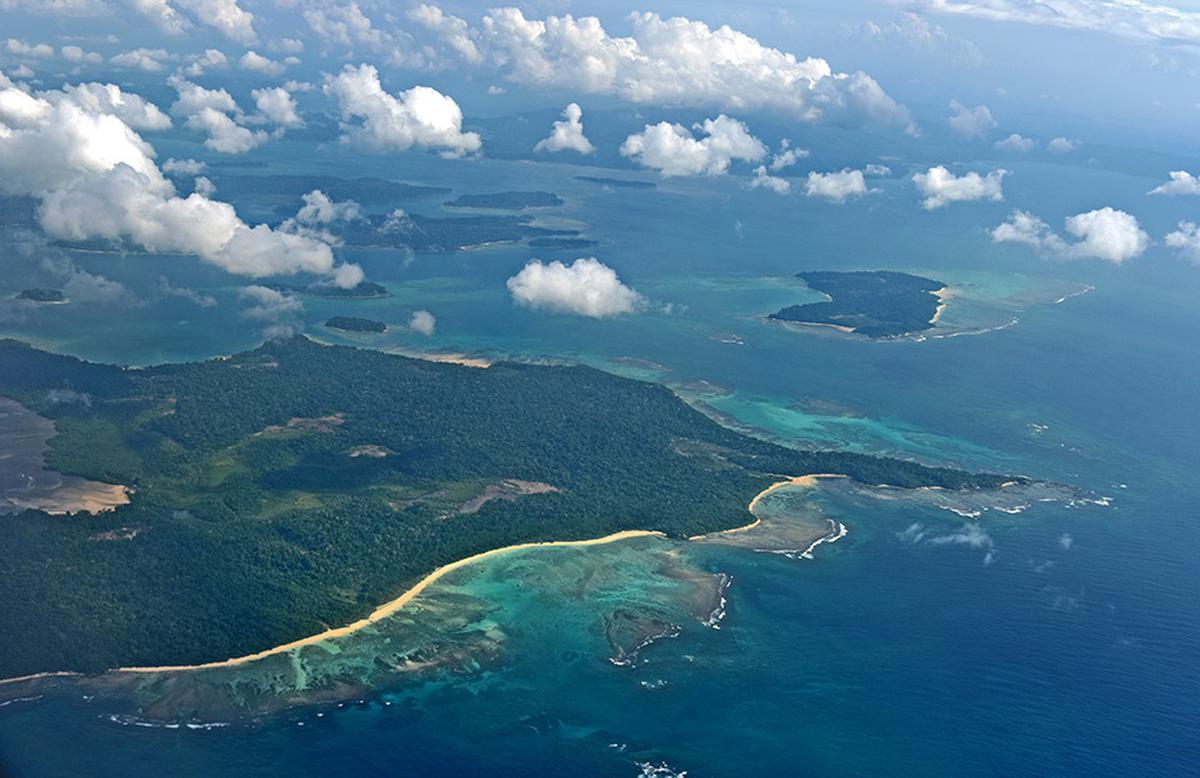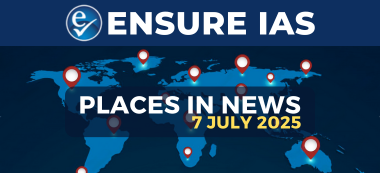- Courses
- GS Full Course 1 Year
- GS Full Course 2 Year
- GS Full Course 3 Year
- GS Full Course Till Selection
- Answer Alpha: Mains 2025 Mentorship
- MEP (Mains Enrichment Programme) Data, Facts
- Essay Target – 150+ Marks
- Online Program
- GS Recorded Course
- Polity
- Geography
- Economy
- Ancient, Medieval and Art & Culture AMAC
- Modern India, Post Independence & World History
- Environment
- Governance
- Science & Technology
- International Relations and Internal Security
- Disaster Management
- Ethics
- NCERT Current Affairs
- Indian Society and Social Issue
- NCERT- Science and Technology
- NCERT - Geography
- NCERT - Ancient History
- NCERT- World History
- NCERT Modern History
- NCERT Medieval History
- CSAT
- 5 LAYERED ARJUNA Mentorship
- Public Administration Optional
- ABOUT US
- OUR TOPPERS
- TEST SERIES
- FREE STUDY MATERIAL
- VIDEOS
- CONTACT US
New ‘Gyan Bharatam Mission’ for Manuscripts : Union Budget 2025
New ‘Gyan Bharatam Mission’ for Manuscripts : Union Budget 2025
- On February 1, 2025, the Union Budget 2025-26 introduced a special initiative ‘Gyan Bharatam Mission’ to preserve India's manuscript heritage.
- This initiative aims to survey, document, and conserve over one crore manuscripts across the country.
- The mission will focus on manuscripts held by academic institutions, museums, libraries, and private collectors.
|
What is Manuscript ?
|
Key Points of the Gyan Bharatam Mission:
- The mission will be responsible for surveying, documenting, and conserving India's rich manuscript heritage, which includes ancient and valuable texts.
- Main goal is to be properly conserved and made accessible to future generations.
- The Finance Minister mentioned this initiative in her budget speech, emphasizing its importance for preserving India’s knowledge and cultural heritage.
- The mission will be executed under the revamped National Manuscripts Mission (NMM).
What is the National Manuscripts Mission (NMM) ?
- The National Manuscripts Mission (NMM), which aims to identify and document manuscripts across India, will be boosted by the Gyan Bharatam Mission.
- Budget Allocation Increase: The funding for NMM has been significantly increased from ₹3.5 crore to ₹60 crore to support the preservation efforts under the new mission.
- Background of NMM:
- The NMM was originally set up in 2003 under the Indira Gandhi National Centre for Arts.
- IGNCA was established in 1987 as an autonomous institution for research, academic pursuit, and dissemination in the arts.
- However, it had not progressed as expected and is now being revived and relaunched with new focus and funding.
- There have been discussions about forming an autonomous body to supervise the preservation of manuscripts in India.
- The NMM was originally set up in 2003 under the Indira Gandhi National Centre for Arts.
Culture Ministry Budget Allocation:
- The budget allocation for the Culture Ministry has been raised by approximately ₹100 crore, bringing the total outlay to ₹3,360.96 crore, up from ₹3,260.93 crore in the previous fiscal year.
- Budgetary Allocations for Cultural Preservation
|
Archaeological Survey of India |
1,278.49 (₹ Crore) |
Slight increase from ₹1,273.91 crore (2024-25), which was revised down to ₹1,191.99 crore. |
|
National Libraries and Archives |
156.55 (₹ Crore) |
For the preservation of historical records and documents. |
|
Museums (National Museum, National Gallery of Modern Art, etc.) |
126.63 (₹ Crore) |
To support their efforts in cultural preservation. |
Conclusion
The Gyan Bharatam Mission, launched as part of the Union Budget 2025-26, aims to make a significant impact in preserving India's manuscript heritage. The increased funding for the National Manuscripts Mission (NMM) reflects the government's commitment to safeguarding the nation's rich cultural and intellectual legacy. While there are increases in funding for preservation efforts, the sharp decline in event-based funding indicates a shift in priorities towards conservation.
|
Also Read |
|
UPSC Foundation Course |
|
| CSAT Foundation Course | |




